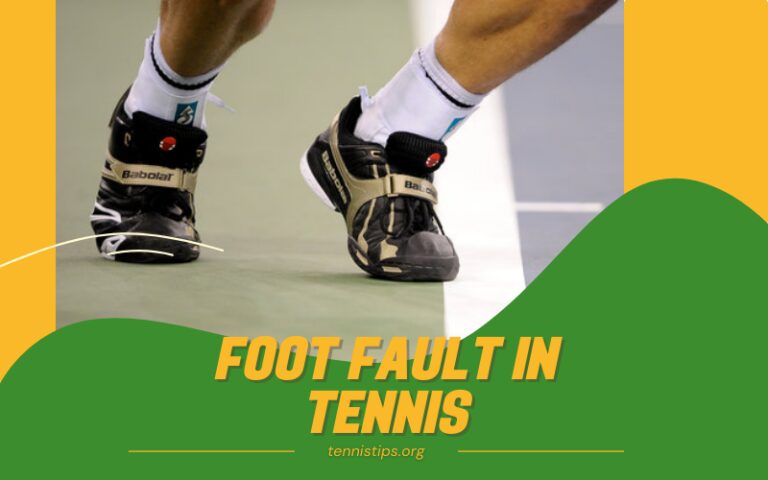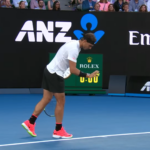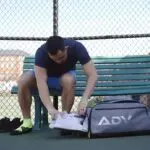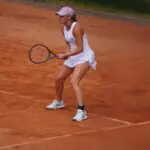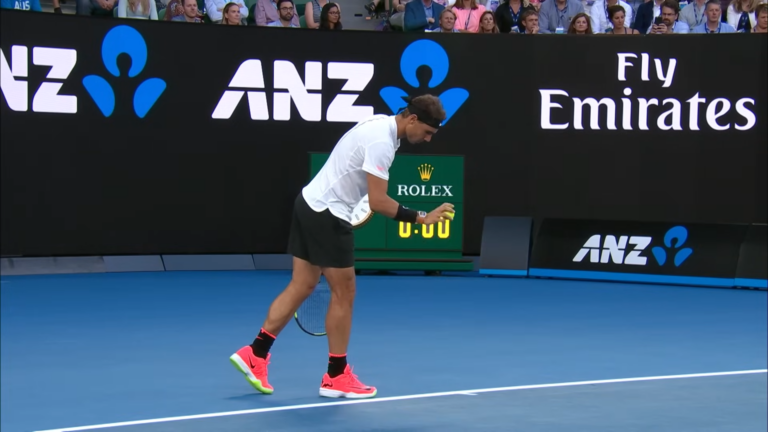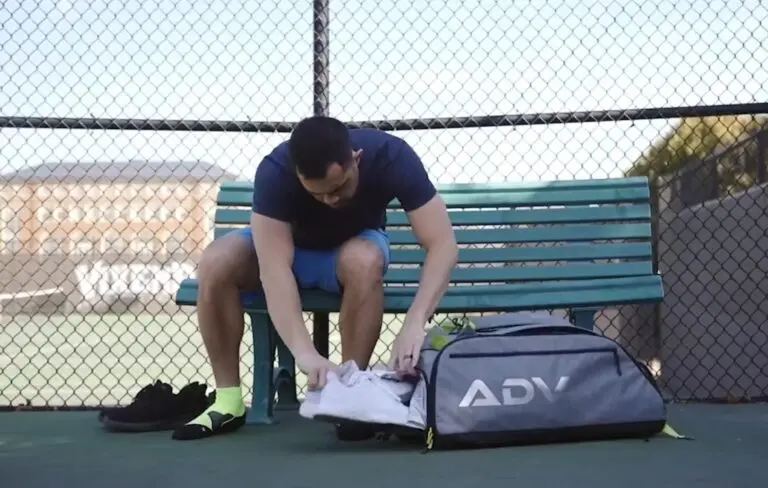If you’re a new tennis player, you’re probably confused about all the rules surrounding this sport. Don’t worry though, we’re here to help you understand how some of these rules, such as foot fault, work!
It’s no surprise that beginners are confused and lost in a sea of rules regarding tennis. This sport has a very unique and special set of rules that one must learn before stepping on the court and playing.
However, understanding them will largely depend on how the rules are explained to you. There is a deluge of info you could find online, but this info isn’t always correct, and it is often explained in a way that leaves you even more confused than you were before you started reading it.
That is why we decided to do the research and present the info to you in layman’s terms! That way, you will save precious time, not get a migraine or get frustrated with all the confusing info, and you’ll be able to learn what you need to know in only a few minutes.
To find out all you need to know about foot fault in tennis, take a look below. You will find our summarized guide that will walk you through all the info in less than 10 minutes!
Understanding What a Foot Fault in Tennis Really Is

A foot fault in tennis typically happens when the foot of a server touches the baseline (any part of it) or the imaginary extension of the center spot. There are several instances when a foot fault in tennis may be called. Take a look at the list below to see when a foot fault in tennis is allowed to be called:
- When the server’s foot touches the baseline, either before or during any contact with the ball
- When his or her foot gets inside the baseline, also before or during any contact with the ball
- When his or her foot touches the wrong side of the center spot/mark, again, before or during any contact with the ball
Slight movements of the feet are allowed during the serve. However, any and all major or large foot movements that would end up giving them a certain advantage are not permitted.
This includes, for example, running alongside the baseline in an attempt to create a different angle. The reason why this is not permitted is that it would give the server an unfair advantage, which is frowned upon and not very sporting.
The Controversy Surrounding a Foot Fault in Tennis
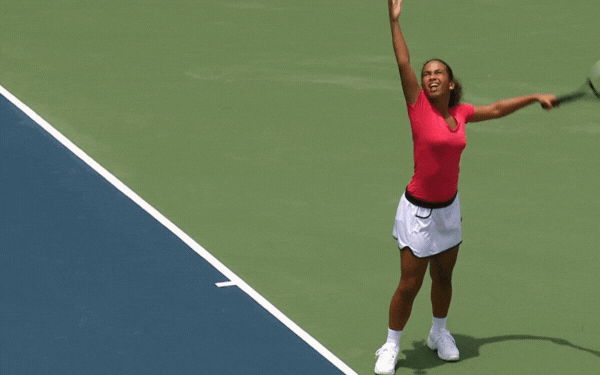
You might have heard that calling a foot fault can be quite a controversial action. If not, you should know that indeed, calling a foot fault can raise some eyebrows and bring about a lot of controversies. We’re here to explain why.
Firstly, you should know that during important matches, there are line judges who watch the game vigilantly, especially the server’s feet. They are there to make sure everyone obeys the rules, behaves, and plays the game as friendly and fairly as possible.
The judges are also the ones who call the foot fault when they feel they need to and that the server made a mistake. Now, this can be quite a controversial move, as proven during the 2009 US Open where Serena Williams played against Kim Clijsters. During Williams’ second serve, a judge called a foot fault. One thing led to another and Williams eventually ended up losing the match.
She was infuriated and acted in an unprofessional manner, which she later apologized for. However, the reason why some argue that a foot fault is controversial is due to the fact that players tend to accidentally overstep the line when serving, but judges don’t always call it out. That is why Williams became so frustrated considering that some players get penalized for it, while others don’t.
Tips on How To Avoid Your Own Foot Faults
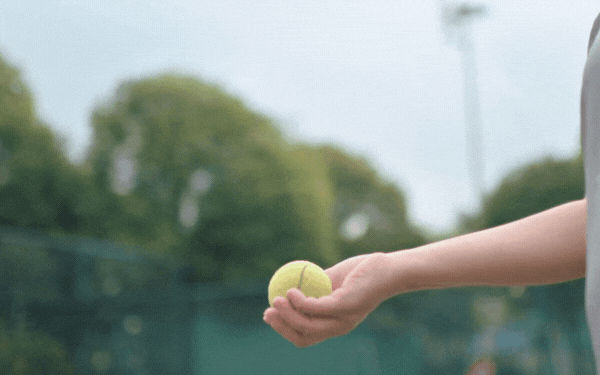
Since you are now acquainted with what a foot fault is, how it works, and why it’s important, it is time to learn how to minimize the chances of you making such a mistake when you’re on the court.
Imagine getting penalized during the most important match of your life, all because you forgot to focus on certain aspects and accidentally overstepped the line on your serve. That is no one’s idea of a good time, so we provide you with a few tips on how to avoid your own foot faults when you’re on the court—check out the list below for all the details:
- One of the most important things you should do is move backward when you serve. You don’t have to go way back since that will probably make it more difficult to perform well, but moving back just a few inches should be enough to make sure you don’t step over the baseline. You should practice this whenever you can to ensure you’re all ready for your next big match without a foot fault happening, instead of going in blind and practicing this during your important game
- Have a spare racket laid down on the ground in front of you and use it to practice serving without making a foot fault. The racket should be in front of your feet and cover the baseline edge.
The way you’ll realize when you’re making a foot fault and with what foot is by kicking the racket during your serve
Remember that practice makes perfect, so it is essential that you take practicing seriously and do it as often as you can. That is the only way to see real improvement and ensure you don’t get called out for a foot fault during an important match.
Conclusion
Foot fault in tennis is not only controversial but, unfortunately, very easy to occur as well. That is why it’s important to pay attention to your footwork and improve your stance, posture, and balance as much as possible.
It’s always better to be safe than sorry, so don’t wait for a foot fault to happen—take things into your own hands and prevent one from happening every time you’re on the court!
References:
http://news.bbc.co.uk/sport1/hi/tennis/rules_and_equipment/4223088.stm
https://www.sportslingo.com/sports-glossary/f/foot-fault/
Related:
- Top 19 Best Tennis Bags 2024 [Unbiased Reviews]
- 20 Best Tennis Shoes 2024 - Stylish and Athletic
- 18 Best Tennis Racquets 2024 - Exclusive Reviews &…
- 15 Best Tennis Balls 2024 - USTA and ITF Approved
- 15 Best Tennis Racquet for Beginners & Intermediate…
- Top 16 Best Pickleball Paddle 2024 - Step Up Your Game

